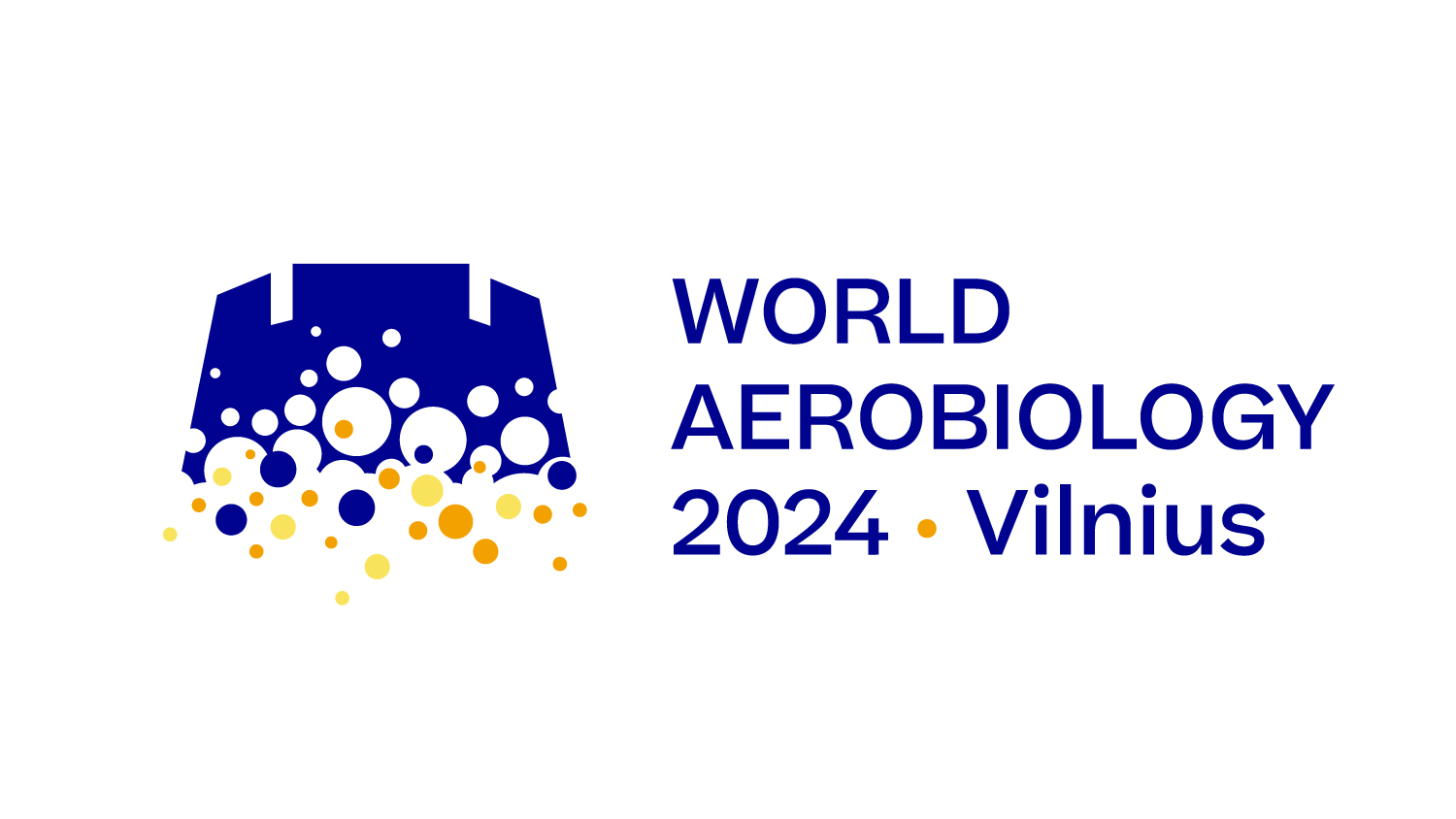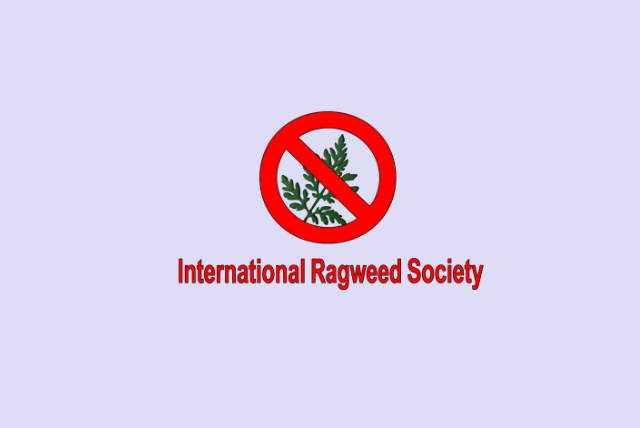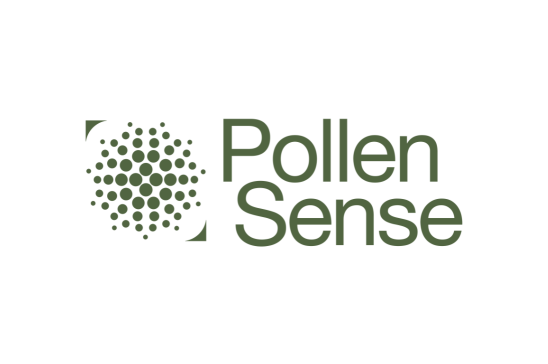

See you in VILNIUS!
About the Meeting
World Aerobiology 2024 is the must-to-attend event for experts, researchers and scientists in the field of aerobiology. Initiated by three leading associations (EAS, IAA and IRS) and hosted by Vilnius University, the Joint Meeting will become a platform for sharing research and knowledge and building new partnerships and networks. %
World Aerobiology 2024
We are thrilled to announce that this extraordinary event will be held on July 1-5, 2024 in Vilnius, Lithuania. The meeting will feature three major events, including the 8th European Symposium on Aerobiology (8th ESA), the 12th International Congress on Aerobiology (12th ICA), and the 5th International Ragweed Conference (5th IRC).
At the World Aerobiology 2024, participants will have the opportunity to share their research, knowledge, and innovations in the study of airborne particles such as pollen, spores, and other bioaerosols.
Edita Sužiedelienė
Vice-Rector and Pro-Rector for Research of Vilnius University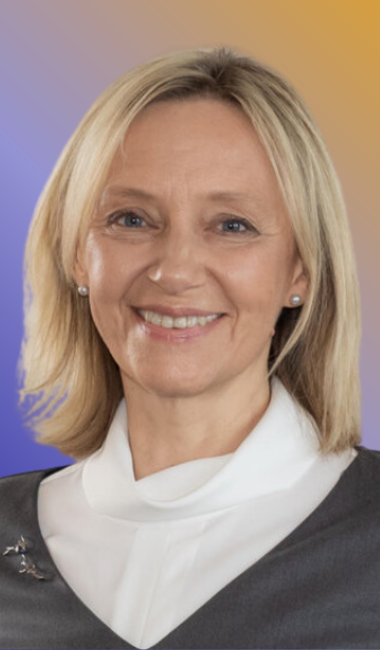
Edita Sužiedelienė
Vice-Rector and Pro-Rector for Research of Vilnius UniversityIngrida Šaulienė
Organising Committee Chair
Ingrida Šaulienė
Organising Committee ChairLocal Organizing Committee
Edita Sužiedelienė, Vice-Rector and Pro-Rector for Research of Vilnius University
Ingrida Šaulienė, Chair
Arūnas Valiulis
Egidijus Rimkus
Laura Šukienė
Ilona Kerienė
Martynas Kazlauskas%
International Organizing Committee
Board of European Aerobiology Society
Executive Committee of International Association for Aerobiology
Committee of International Ragweed Society-
Important Dates
- Registration opens – October 1, 2023
- Abstract submission deadline – March 3, 2024
- Notification of acceptance – March 25, 2024
- Early bird registration deadline – April 2, 2024
- Standard registration deadline – May 1, 2024
- Late registration deadline – June 30, 2024
- Opening of the meeting – July 1, 2024
- IAA General Assembly – July 2, 2024
- EAS General Assembly - July 3, 2024
- IRS General Assembly - July 4, 2024
Keynote Speakers
Jean Bousquet
Montpellier, France
Jean Bousquet
Montpellier, FranceKeynote Speakers
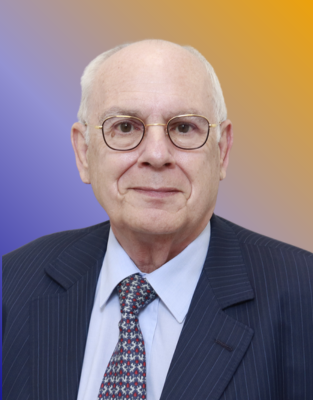 Montpellier, France
Montpellier, France
Jean Bousquet
TOPIC: Embedding MASK-air (digital health) and SILAM (aerobiology modeling) for optimal control of allergy to pollen
Jean Bousquet, born in 1946,- Professor of Pulmonary Medicine at Montpellier University, France (1991-2014)
- Professor of Allergology at Charité, Berlin (2016-current)
- Director of the Allergy Programme, Institut Pasteur, Paris (2001-2003)
- Director of the Inserm (Institut de la Santé de et de la Recherche Médicale) U454 “Immunopathology of Asthma” (1992-2007).
- Coordinator of MeDALL (Mechanisms of the Development of Allergy), FP7 Integrated Project (2010-2014, FP7 success story).
- Chairman of the Allergen Standardization Committee (1990-1997), International Union of Immunological Societies (IUIS) and World Health Organization (WHO)
- Chairman of GINA (Global Initiative for Asthma: 1999-2000), National Heart, Lung and Blood Institute (NIH) and WHO)
- Founder and chairman ARIA (Allergic Rhinitis and its Impact on Asthma in collaboration with WHO (1999-current).
- Founder and chairman of the WHO Global Alliance against Chronic Respiratory Diseases (GARD, 2006-2013)
- Co-chair of the Reference Collaborative Site Network of the European Innovative Partnership on Active and Healthy Ageing (EIP on AHA (DG Santé and DG CONNECT, 2016-current).
- Has edited and authored 10 books including one allergy textbook.
- Has been author or co-author of over 950 peer-reviewed papers posted in Medline.
- His H factor (Clarivate) is 130. Three papers (first author) are cited over 2,000 times and 6 others over 1,000 times (2 as first author).
- He was listed as the most influential author in asthma (2018) and has published 5 or the 22 best cited papers in asthma (among the 190,000 papers published between 1960 to 2017, Qu et al, Respir Med, 2018, 137: 206-212).
- He was listed as one of the 800 most cited authors in all scientific fields among over 6.6 million researchers (Iaonidis et al, PLoS Biol. 2020 Oct 16;18(10):e3000918)
Paul Beggs
Macquarie University, Australia
Paul Beggs
Macquarie University, AustraliaKeynote Speakers
 Macquarie University, Australia
Macquarie University, Australia
Paul Beggs
TOPIC: Aerobiology in 2050: what we know and a vision for filling in the gaps
Paul is an Associate Professor in the School of Natural Sciences at Macquarie University in Sydney, Australia. He is the Director of the Lancet Countdown Oceania Regional Centre, which tracks progress on health and climate change in this region. An environmental health scientist with a background in biological and climate sciences, he is an international authority on the impacts of climate change on allergens and allergic diseases. He previously won the Eureka Prize for Medical Research for his ground-breaking work in this area, and in 2023 he was presented with the Public Health Association of Australia Tony McMichael Public Health Ecology and Environment Award. He was elected a Fellow of the Royal Meteorological Society in 2023.Paloma Cariñanos
University of Granada, Spain
Paloma Cariñanos
University of Granada, SpainKeynote Speakers
 University of Granada, Spain
University of Granada, SpainPaloma Cariñanos
TOPIC: Healthy and Low allergenicity green spaces for the cities of the future
Paloma Cariñanos is Professor of Botany at the University of Granada, Spain. She is also coordinator of FAO's SilvaMediterranea WG on urban and periurban forestry since 2020, and Vice-President of the Spanish Association of Public Parks and Gardens (AEPJP). Paloma has a career as an Aerobiologist for more than 30 years, focusing her line of research on allergen emissions in urban environments and the interactions between bioaerosol and atmospheric pollutants.
She is an expert in identification, characterization and mitigation of the impact of allergenic species in urban forests, assessment of the ecosystem disservices provided by urban forests, and identification of the impacts of climate change on urban tree species. Among its main achievements are the development of an Allergenicity Index for urban green spaces that allows the estimation of the allergenic risk of these areas based on the species they contain, and the assignment of an Allergenic Potential Value to more than 1000 species of trees. frequently used in the main climatic regions of the world.
ABSTRACT:
Emissions of allergenic pollen by some of the main species that make up urban green spaces constitute one of the main disservices of urban green infrastructure, with a great impact on the health of the population. Some of the causes that have generated this situation have been the massive use of a few plant species, the introduction of exotic species, botanical sexism or inadequate management and maintenance of these spaces, exacerbated by the impact that climate change is having on them. the reproductive phenology of some species. The allergenic characterization of the main species of urban trees and the estimation of the allergenic risk that these spaces may pose to the population are some useful tools for the planning and design of sustainable and healthy green spaces for the percentage of the population affected by adverse reactions to the presence of allergenic pollen.
Bernard Clot
Federal Office of Meteorology and Climatology MeteoSwiss, Switzerland
Bernard Clot
Federal Office of Meteorology and Climatology MeteoSwiss, SwitzerlandKeynote Speakers
 Federal Office of Meteorology and Climatology MeteoSwiss, Switzerland
Federal Office of Meteorology and Climatology MeteoSwiss, SwitzerlandBernard Clot
TOPIC: Automatic and Real-time, the second (r)evolution in aerobiology monitoring

Conference Venue
The World Aerobiology 2024 Joint Meeting will take place in Radisson Blu Hotel Lietuva, located on Konstitucijos av. 20, Vilnius, Lithuania

